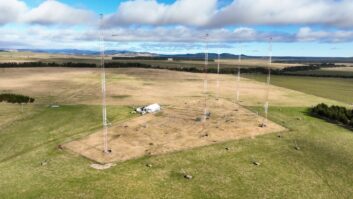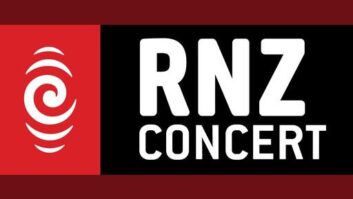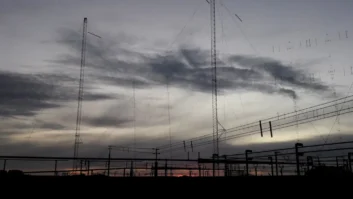
Radio New Zealand ordered a new 100 kW shortwave transmitter from Ampegon Power Electronics AG for its Pacific service from Rangitaiki, North Island. The transmitter will broadcast the RNZ Pacific service to millions of people throughout the Pacific Basin.
Since 2016, RNZ Pacific has used DRM transmissions from Rangitaiki to feed studio-quality digital signals to its network of relay stations alongside analog signals for listeners. Across the region, 22 broadcast partners in nine Pacific island nations use the DRM digital broadcasts to take RNZ Pacific programming for FM rebroadcasting.
[Visit Our Who’s Buying What Page]
The new Ampegon TSW2100-V4 tube transmitter replaces a DRM-capable transmitter installed at the site in 2005. The unit is capable of both traditional analog and DRM digital broadcasting with reduced power consumption, along with support for datacasting, such as text messages, images and Journaline text services. RNZ plans to retain its current transmitter, originally installed in 2005, as a backup unit or for additional services in the future.
The new transmitter is part of a NZ$4.4 million (US$2.5 million) capital improvement effort funded by the New Zealand government in its 2022 budget. “This investment secures a productive future for our unique voice,” stated RNZ Chief Executive and Editor in Chief Paul Thompson. “The attraction of the shortwave service is its robustness, and the ability to have the signal travel great distances, and achieve good audiences,” he said.
 “Radio New Zealand has chosen one of our most economical transmitter setups for maximum efficiency, while providing FM quality DRM coverage over the entire Pacific region over shortwave for decades to come,” said Simon Keens, sales and business development manager at Ampegon. Keens also noted that Ampegon is receiving “more frequent requests for shortwave transmitters” due to “growing global instability.”
“Radio New Zealand has chosen one of our most economical transmitter setups for maximum efficiency, while providing FM quality DRM coverage over the entire Pacific region over shortwave for decades to come,” said Simon Keens, sales and business development manager at Ampegon. Keens also noted that Ampegon is receiving “more frequent requests for shortwave transmitters” due to “growing global instability.”
In addition to the new transmission infrastructure, the 2022 increase in funding allowed RNZ Pacific to increase its analog shortwave broadcasting time slots, restoring broadcasts from 5–9 a.m. New Zealand Time that had been dropped in 2016. Thomson noted that since the Australian Broadcasting Corp. shut down its shortwave operations in 2017 only Radio China International and RNZ Pacific are providing shortwave broadcasts to the Pacific region.
“The value of the RNZ Pacific service can’t be underestimated. Our voice reaches all parts of the Pacific, at times with critical information such as cyclone warnings,” said RNZ Head of News Richard Sutherland. “RNZ shortwave transmissions are a lifeline source of information, which helps to support sustainable social and economic resilience.”
The new transmitter is expected to be delivered in 2023 and put into operation in early 2024.







